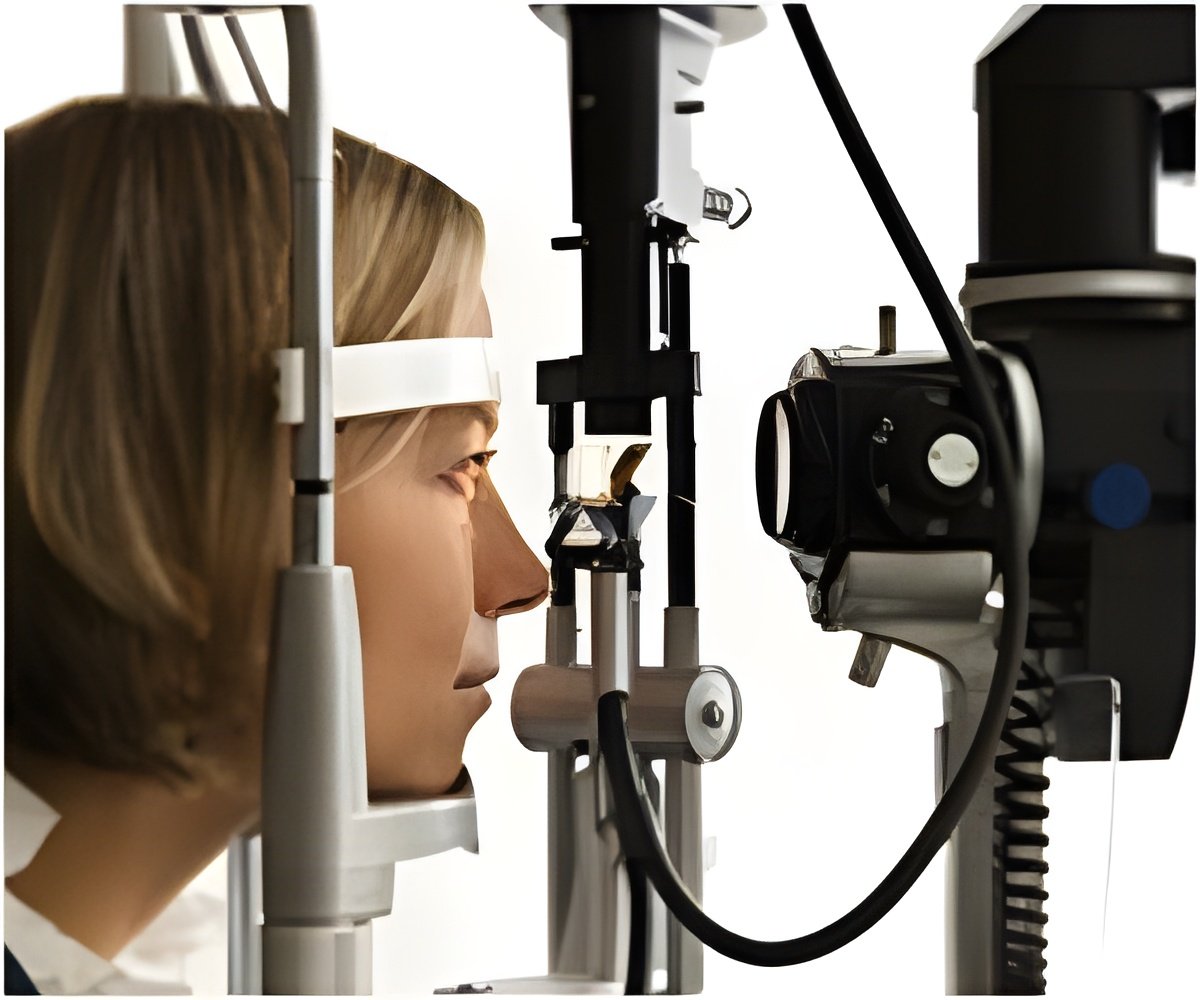
In the second phase, human corneal-limbic epithelial cells that are native to the eye were exposed in vitro to M. aeruginosavorus and B. baceriovorus to test whether those "good" predator bacteria would cause either toxicity or inflammation in those cells. They did not.
In the third phase, the two "good" predator bacteria were injected into live worms from the species Galleria mellonella, which is well established as a suitable model to test the toxicity of various microbes as well as a live organism's innate immunity to those microbes.
Where injection of the pathogenic bacterium P. aeruginosa as a positive control was one hundred percent fatal to the worms, other worms injected with the two "good" predator bacteria had 11-day survival rates between 93.3 and 100 percent, a strong sign that the "good" bacteria were not toxic to the worms.
In addition a lack of change in larval pigmentation following injection suggested that the "good" bacteria also did not provoke an aggressive innate immune response in the worms.
Lead author of the study Daniel Kadouri, PhD, an assistant professor of oral biology the University of Medicine and Dentistry of New Jersey-New Jersey Dental School, said their findings leave them confident that, in isolation, pathogenic bacteria are susceptible to successful attack by predator bacteria, predator bacteria do not appear inherently harmful to ocular cells when applied topically, and a live organism can tolerate the predator bacteria well.
Advertisement
The current study builds on another recent paper published in PLoS ONE, which also described research led by Kadouri. That study used the predatory bacteria Bdellovibrio baceriovorus 109J, B. bacteriovorus HD100, and Micavibrio aeruginosavorus strain ARL-13, in targeting 14 strains of dangerous bacteria that are known to be multidrug resistant (MDR). Species targeted in that earlier research included Acinetobacter baumannii, Escherichia coli, Klebsiella pneumoniae, and Pseudomas spp., all of which are commonly encountered in health care settings.
Advertisement
The study has been published in the online journal PLoS ONE.
Source-ANI















